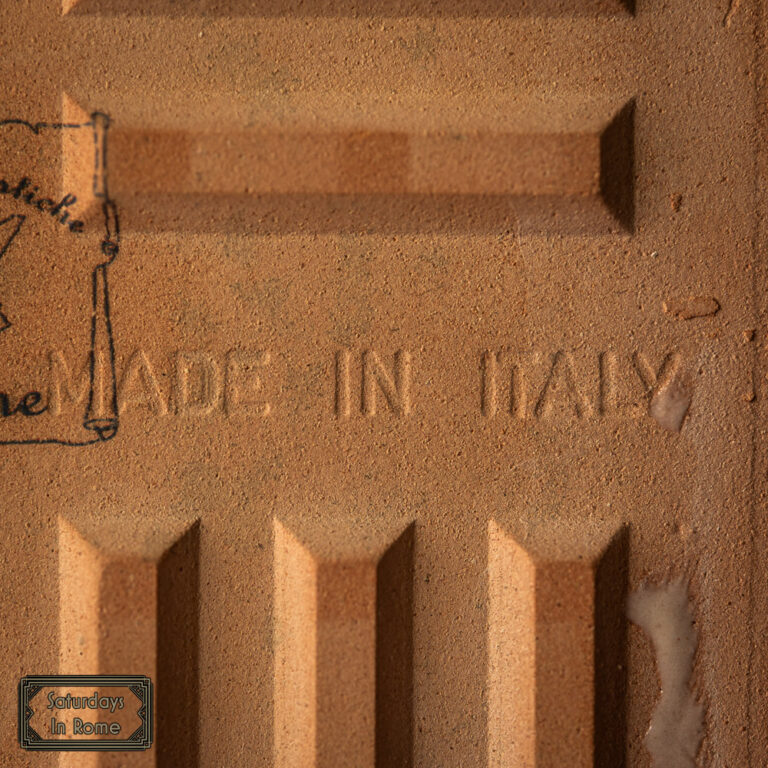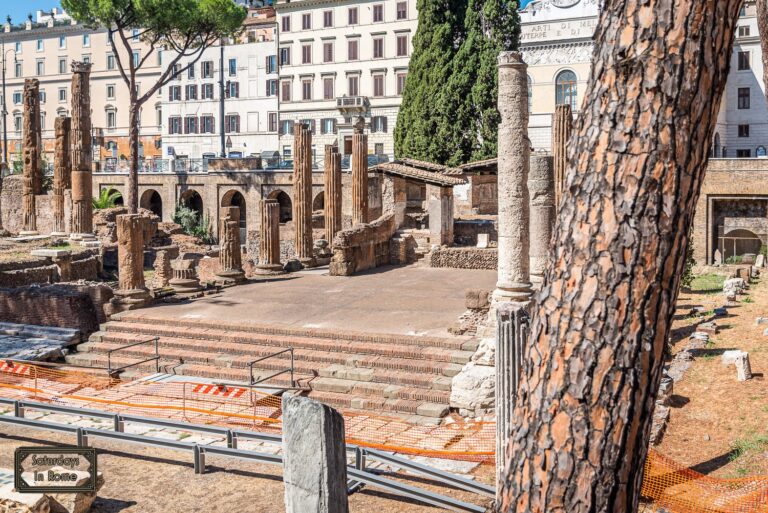Villa Doria Pamphili Park Is Worth A Visit For Many Reasons
You should take a break and some time to enjoy the tranquility of Villa Doria Pamphili park as an urban escape from the summer crowds and heat of Rome, Italy.
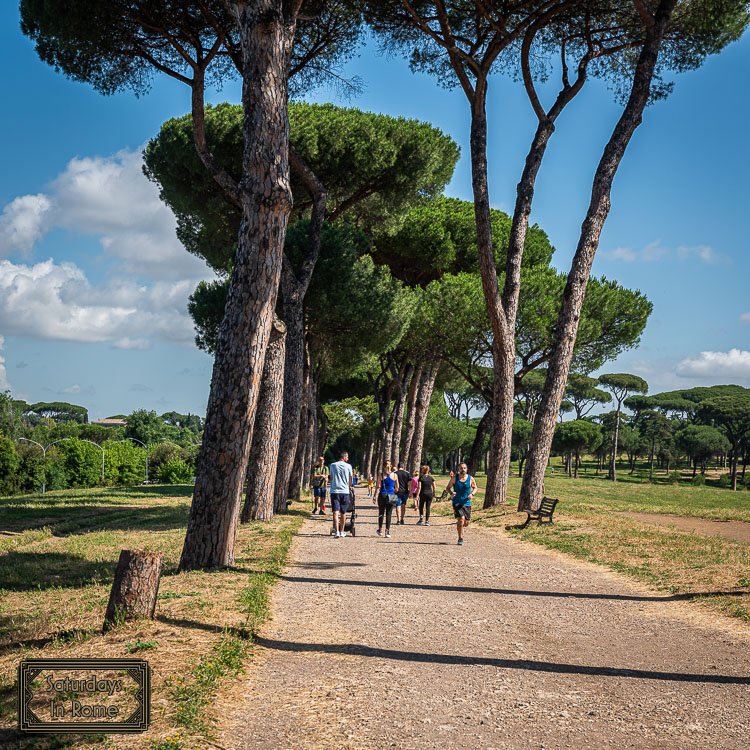
Hiking & Jogging Paths
Villa Doria Pamphili in Rome, Italy is a beautiful 17th-century villa and garden. It is the largest public park in Rome, with an area of 455 acres. The villa was built by one of the most powerful families in Rome, the Pamphili family, and has quite a few interesting features that you should check out. These include a palace that was used for entertainment and relaxation, a large fountain that is decorated with statues of owls, a greenhouse and a terraced garden with breathtaking views of Rome.
Need Help Planning?
- Cheap Flights: Find The Most Affordable Flights.
- Accommodations: From 1 to 5 Stars And More.
- Car Rentals: Affordable Travel Across Italy.
- Sightseeing Tours: Explore Some Amazing Tours.
- Buying An eSIM: Stay Connected In Italy.
This post includes affiliate links.
1. The Size and The Greenery
Villa Doria Pamphili covers an area of approximately 455 acres (184 hectares), making it the largest public landscaped park in Rome. The park is known for its expansive green spaces, including manicured gardens, sprawling lawns, and wooded areas.
It is managed by the city of Rome, so you might find, as I did on a recent visit, the grass being overgrown and unmaintained. It is still a popular place for running, biking and I even saw a friendly Cricket match being played.
2. The Historic Ownership Of Doria Pamphili Park
If you are wondering about the history of Villa Doria Pamphili, it was commissioned by the Pamphili family, specifically Pope Innocent X, who was born Giovanni Battista Pamphili. Construction of the villa took place in the 17th century, with contributions from various architects, including Algardi, Grimaldi, and Rainaldi. Over time, the villa passed through different noble families, including the Aldobrandini and Doria Pamphili families.
3. The Doria Pamphili Gallery
The Palazzo in Villa Doria Pamphili was once home to a remarkable art collection assembled by the Doria, Pamphili, Landi and Aldobrandini families. The collection comprised paintings, sculptures, and other valuable artworks by renowned artists such as Caravaggio, Raphael and Titian. However, the majority of the collection was moved to the Galleria Doria Pamphilj in Rome in the 18th century.
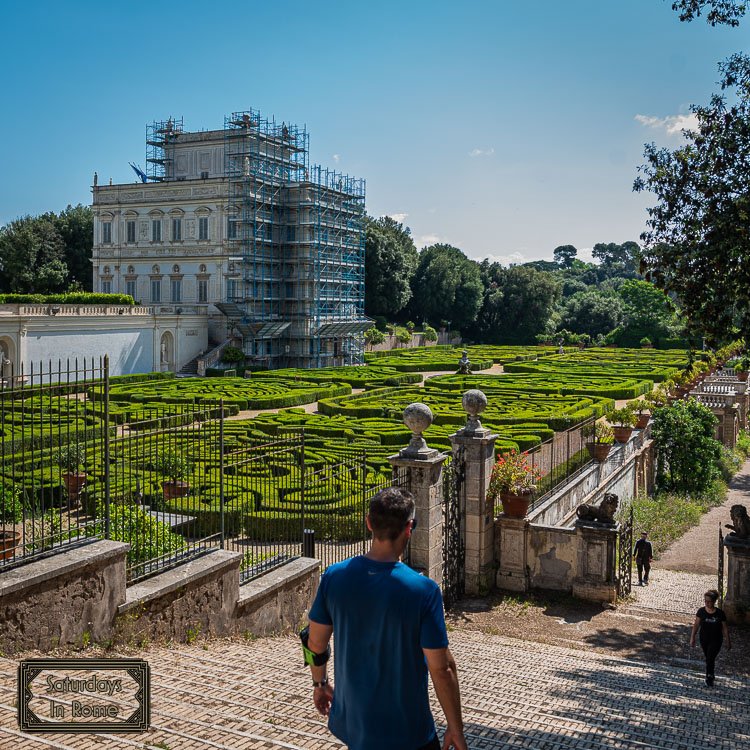
Casino del Bel Respiro
The Palazzo housing the Gallery Doria Pamphilj should not be confused with the Palazzo Pamphilj, which is in Rome’s Piazza Navona, and is now the Brazilian Embassy.
4. The Casino del Bel Respiro
The Casino del Bel Respiro, formerly known as the Palazzo delle Statue, was commissioned by Pope Innocent X (Giovanni Battista Pamphilj) and is a small architectural gem within the villa’s grounds. It was designed by Algardi as a complement to the Pamphili collection of ancient and modern sculptures and other Roman antiquities such as: vases, sarcophagi, bas-reliefs and reliefs.
The Casino del Bel Respiro was long excluded from public use, but in 1957 was bought by the Italian State and used as the seat of a Ministry. Today its collection of antiquities and sculptures is open to the public as a museum. The casino offers a serene setting and provides visitors with sweeping views of the surrounding landscape.
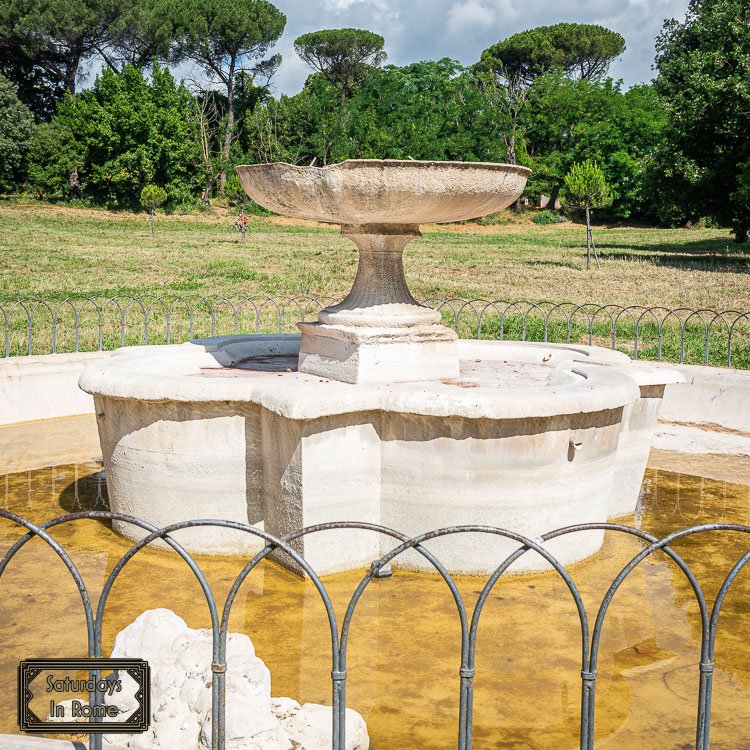
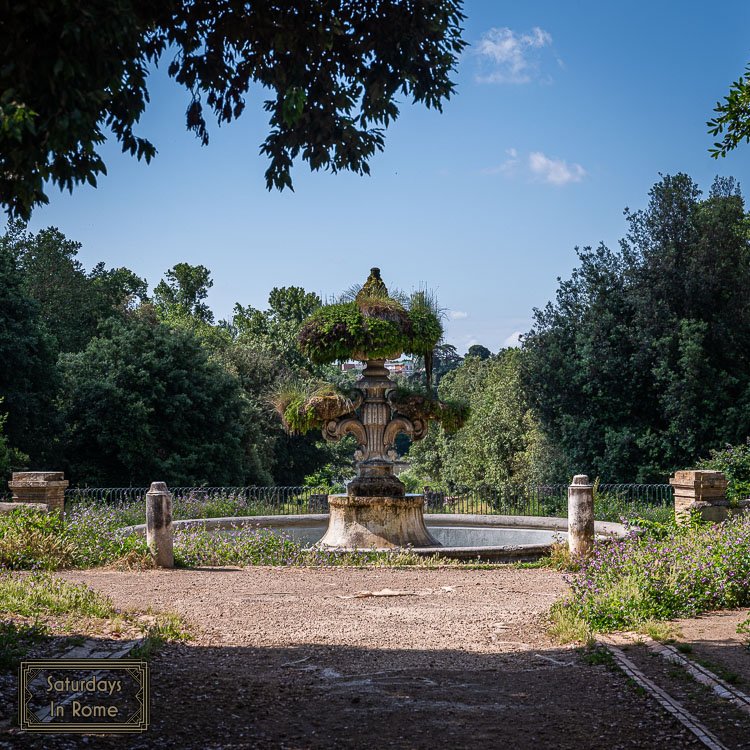
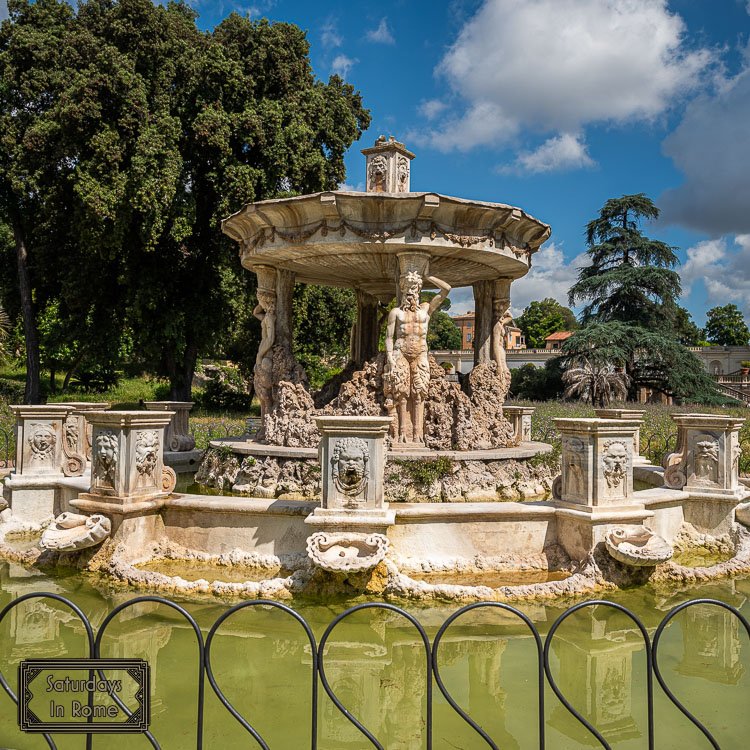
5. The Fountains (Maybe)
There are multiple fountains in prominent locations within Villa Doria Pamphili. One of the largest is the Fountain of Venus (Fontana di Venere) but sadly, the statue of Cupid was lost to the ravages of time and weather and all that is left of the figure are its feet.
The other fountains I ran across, like Snail Fountain (Fontana della Lumaca) and Lilly Fountain (Fontana del Giglio) are all in a state of disrepair, don’t have running water and pieces are broken or missing, so I wouldn’t put the fountains at the top of the list of reasons to visit the park, but if you are their, you should check them out for yourself.
6. It Is Accessible to the Public
Villa Doria Pamphili has been open to the public since 1972. It provides a tranquil oasis within the city of Rome, offering visitors ample space to relax, enjoy nature, and engage in recreational activities. The park features walking paths, jogging trails, picnic areas, and even a designated dog park.
7. The Pamphili Family Chapel
The Cappella dei Pamphilj, Villa Doria Pamphili’s private chapel, is a small neo-Romanesque church that was commissioned by Pope Innocent X as a place of worship for the Pamphili family. The chapel’s interior is adorned with magnificent sculptures by artists such as Emanuele Bruni and Giulio Mazzino.
8. The Villa Vecchia
The heart of the Villa Doria Pamphili property, the Villa Vecchia or ‘old villa’, already existed when it was bought by the Pamfili family to enjoy as a suburban villa. After this first purchase, they set about buying up neighboring vineyards to accumulate as much contiguous land as possible, which became known as the Bel Respiro or ‘beautiful breath’ as it stood on high ground, above the malarial areas of Rome. In 1644 Cardinal Giambattista Pamphili became elected to the papacy and took the name of Innocent X. Because of this improvement in his political and social status, the Pamphili family wanted a grander new villa.
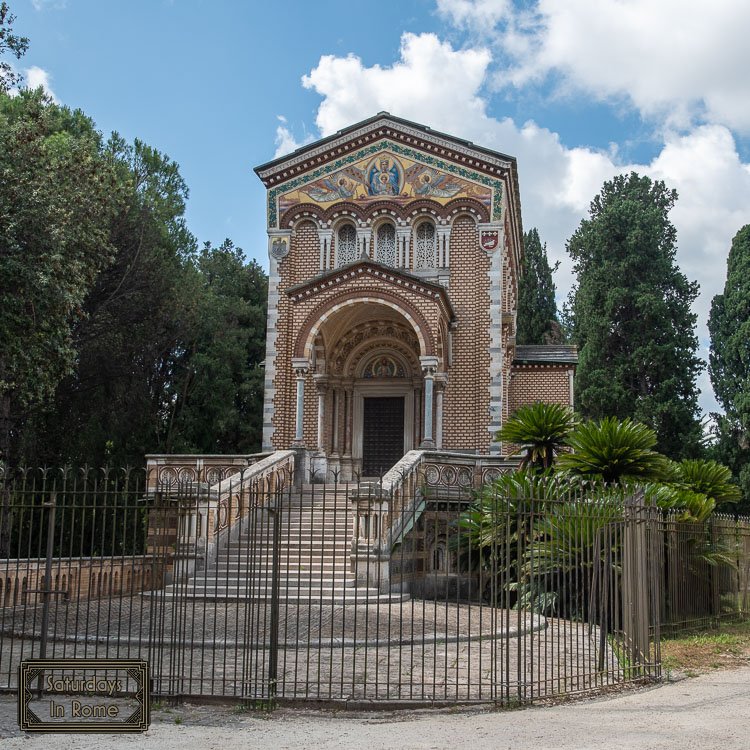
Pamphili Family Chapel
9. The Breathtaking Views Of Rome
Villa Doria Pamphili offers breathtaking panoramic views of Rome’s skyline. From certain vantage points, visitors can admire landmarks such as St. Peter’s Basilica, the Vatican, and the Janiculum Hill. The elevated position of the villa enhances the beauty of the surrounding cityscape.
10. Nature and Wildlife
The park’s diverse vegetation includes Mediterranean pine trees, cypress trees, and a variety of plant species. Villa Doria Pamphili is also home to a range of bird species, including robins, finches, and woodpeckers, creating a natural habitat for wildlife within the city limits.
More Interesting Facts About Villa Doria Pamphili Park
Villa Doria Pamphili Park is a great place to relax, take a walk, or have a picnic. Below is a list of 10 reasons why you should make a visit to the park, but here are some more interesting facts:
- The villa was used as a filming location for a few Italian movies, like Magnificent Presence, The Pizza Triangle and Facing Windows.
- The gardens are home to a number of rare and endangered plant species.
- The villa is a popular spot for birdwatching and jogging.
- The park is open:
- October–February: 7am – 6pm
- March and September: 7am – 8pm
- April – August: 7am – 9pm
How To Reach Doria Pamphili Park
If you would like to reach the park from Rome Termini station by bus:
- Take #64 bus towards Piazza Stazione S. Pietro
- Get off at the Cavalleggeri/S. Pietro (15th stop from Termini)
- Take #982 bus towards Stazione Quattro Venti
- Get off at the Leone XIII/Villa Pamphili stop (10th stop from Cavalleggeri/S. Pietro)
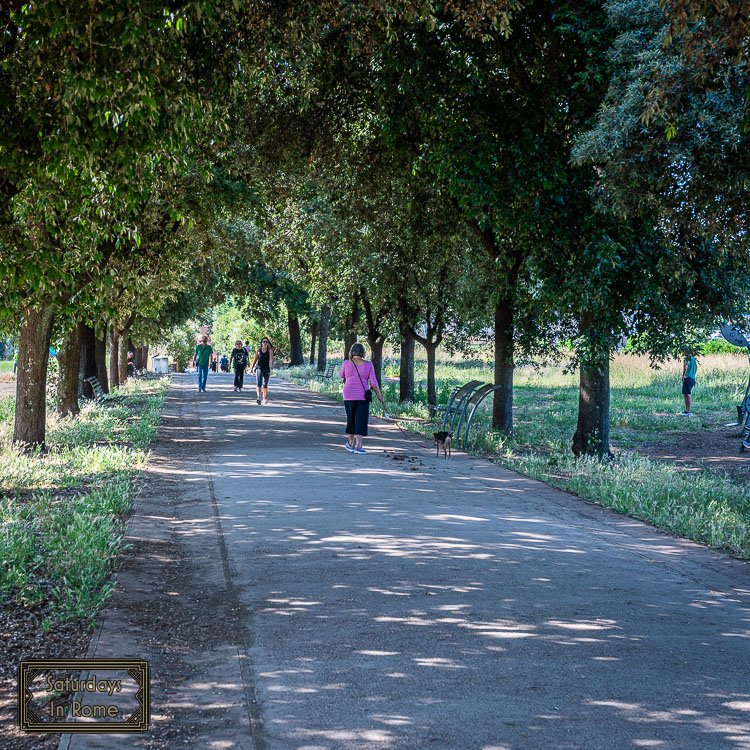
Beautiful Walking Trails
More Amazing Parks Around Rome
I hope this post has given you a deeper understanding of the historical, architectural, and natural aspects of Villa Doria Pamphili. If you are interested in checking out more of the beautiful parks in Rome, these posts can help:
- Exploring Rome Parks: A Guide to the City’s Greenspaces.
- Is Villa Torlonia Worth Visiting?
- The Most Secret Garden In Rome Is Villa Aldobrandini Park.
- Villa Celimontana Is A Tranquil Park With Views Of Rome.
- Colle Oppio Park Is Great For Budget Family Travel in Rome.
- EUR Lake Rome Is Great If You Are In Italy On A Budget.
- Are The Villa Borghese Gardens Worth Visiting? Yes!
- Aqueduct Park, Rome, Italy Is A Beautiful Urban Escape.



